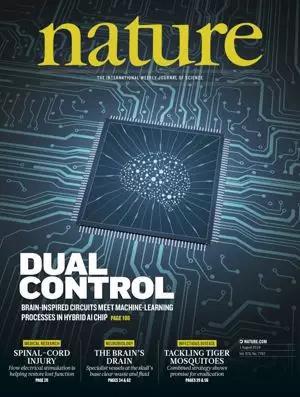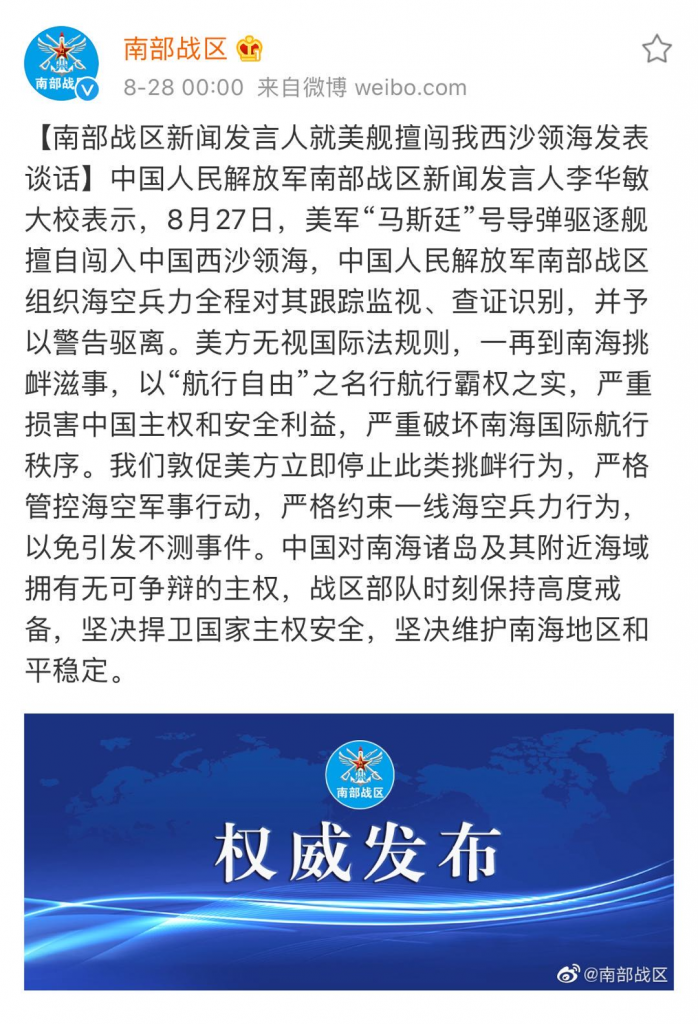
Shenzhen 5G


Four Chinese COVID-19 vaccine candidates have started international phase-3 clinical trials, according to the State Council joint prevention and control mechanism against COVID-19.
Some of the phase-3 trials are expected to complete the first round of vaccinations in early September, with preliminary data expected as early as November.
Phase-3 clinical trial usually involves thousands of people to verify the safety and effectiveness of the vaccines, which is the key to their market approval.
As the epidemic has been under control in China, the country no longer has conditions for large-scale clinical trials, so all the phase-3 trials are being carried out overseas.
Two inactivated COVID-19 vaccines developed by the China National Biotec Group (CNBG) have been approved for phase-3 clinical trials in several countries in the Middle East and South America, involving more than 30,000 people, according to Yang Xiaoming, president of the CNBG.
An inactivated COVID-19 vaccine developed by Sinovac Biotech Co., Ltd. is undergoing phase-3 clinical trials in some countries in South America and Southeast Asia, according to Yin Weidong, chairman and CEO of Sinovac.
A recombinant COVID-19 vaccine with the modified defective adenovirus as the vector is also undergoing phase-3 trials.

First, the U.S. military is to maintain a constant presence and show its deterrence, and second, to prepare data for future conflicts in the South China Sea.

China’s largest oceanographic research vessel dubbed the “Sun Yat-sen University,” was launched at Jiangnan Shipyard in Shanghai on Friday, about 92 years after China’s first scientific expedition to the Xisha Islands in the South China Sea.
Construction of the research vessel began on October 28, 2019. With a length of 114.3 meters, a width of 19.4 meters, and a draft of 9.3 meters, the ship has a range of 15,000 nautical miles.
The research vessel with a displacement of 6,900 tons is capable of global navigation in unlimited navigation areas and can carry more than a dozen mobile container laboratories. It is capable of completing various kinds of scientific research from the seabed to the sky of 10,000 meters, including ocean, atmosphere, geophysics and the ecological environment.
The ship also has a helicopter landing platform, which is convenient for scientific researchers and materials transport, and it can also be used as a drone landing platform, which could expand the scope of scientific research observation. In the future, a 760-square-meter stationary laboratory will be built on the ship.

福建龙岩市龙岩大桥 The bridge had undergone its first rotation a little over four months ago. The bridge tower was rotated 69-degree the first time to allow the completion of the bridge deck installation.
At around 2:30 a.m. the cable-stayed bridge and deck with a total weight of 23,600 tons completed a 21-degree counterclockwise rotation, it took about an hour. It is the first time in the world for the “second horizontal rotation” construction process.
The reason for the second rotation is because there’s a “double risk” in the construction of the Longyan Bridge.
The first is that the Longyan Bridge will cross the existing Ganlong Railway and Longxia Railway 赣龙铁路、龙厦铁路 . Nearly 120 trains pass through these two railroads every day.
The second is that the shortest distance between the main tower and the railway line is only 6.5 meters.
The two turns are to overcome these two risks.
When completed the Longyearbyen Bridge will be an important link in the Longyan expressway system improving the efficiency of local transport operations and helping to accelerate the development of the old area.

There are two main approaches to developing artificial general intelligence. One is rooted in neuroscience, and attempts to construct circuits that closely mimic the brain. The other is grounded in computer science, and uses computers to execute machine-learning algorithms. In this week’s issue, Luping Shi and his colleagues reveal the Tianjic chip 天机芯 — an electronic chip that integrates the two approaches into one hybrid platform. The Tianjic chip has multiple functional cores that are readily reconfigurable, enabling it to accommodate both machine-learning algorithms and brain-inspired circuits. The researchers demonstrate the potential of this approach by incorporating one of their chips into a riderless autonomous bicycle, which can self-balance, is voice controllable and can detect and avoid obstacles, all as a result of the Tianjic chip’s simultaneous processing of versatile algorithms and models.



The destroyer USS Mustin on Thursday trespassed into China’s territorial waters in the Xisha Islands. The PLA Southern Theater Command organized naval and air forces to track it and warn it away.







The U.S. U-2 high-altitude reconnaissance aircraft intruded into the no-fly zone of the PLA’s northern combat zone without authorization, seriously interfering with the Chinese side’s normal exercise and training activities, seriously violating the China-U.S. code of conduct for maritime and air safety and relevant international practices, and easily causing misunderstandings and misjudgments or even maritime and air accidents, which is a nakedly provocative action. China demands that the United States side immediately stop such provocative actions and take practical action to maintain peace and stability in the region.
